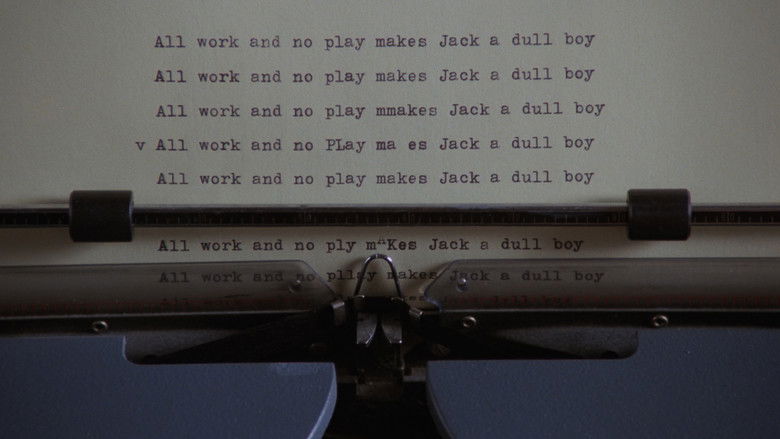Top psychological horror movies to watch
Dive into the unsettling world of psychological horror, where terror lurks not in creatures, but within the human mind. These films masterfully build dread and paranoia, leaving a lasting chill.

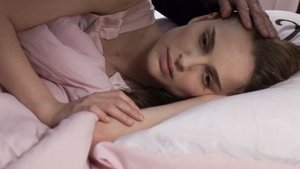
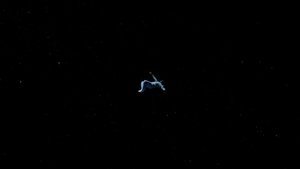
Psychological horror stands apart from its slasher or monster-filled cousins by focusing on the internal landscape of fear. It preys on our deepest anxieties, often blurring the lines between reality and delusion, and proving that the most terrifying place can be inside our own heads.
Think of the genre's pioneers: Alfred Hitchcock's Psycho didn't rely on gore, but on suspense, character breakdown, and a shocking twist that redefined cinema. Later, Stanley Kubrick's adaptation of The Shining used isolation and psychological decay to create an atmosphere of unbearable tension, showcasing how setting can be a character in itself.
The power of psychological horror lies in its ability to make the audience question what they see, relying on unreliable narrators, ambiguous endings, and a pervasive sense of dread. It's less about jump scares and more about sustained discomfort and existential terror. Films like The Silence of the Lambs or Se7en tap into the horror of human depravity and the darkness that can reside within society, while others, like Memento or Black Swan, explore personal identity crises and the fragility of the psyche.
The genre continues to evolve, with recent hits like Get Out and Hereditary using psychological horror to explore complex social themes and familial trauma, demonstrating its versatility. These movies don't just scare you; they get under your skin, forcing you to confront uncomfortable truths about humanity and yourself. If you appreciate horror that lingers long after the credits roll and makes you think, then exploring the depths of psychological horror is a must.
12. A Quiet Place (2018)
A Quiet Place presents a unique high-concept horror premise: survive by making no sound, or be hunted by creatures with hypersensitive hearing. Directed by and starring John Krasinski alongside Emily Blunt, the film relies heavily on its innovative sound design (or lack thereof) to build tension. The focus on the Abbott family's struggle to survive and protect each other adds a strong emotional core, making the moments of silence and sudden bursts of noise incredibly impactful. It's a suspenseful survival story that explores the lengths parents will go to protect their children in a terrifying world.

11. The Sixth Sense (1999)
M. Night Shyamalan's breakout hit, The Sixth Sense, is a supernatural thriller that became famous for its shocking twist ending, but it's also a poignant story about communication, grief, and acceptance. Haley Joel Osment's portrayal of Cole Sear, a boy who sees ghosts, earned him an Oscar nomination at just 11 years old. The film subtly uses the color red to highlight moments connected to the spirit world or strong emotion, a visual motif that adds another layer to its carefully constructed narrative. It's a film that successfully blends psychological drama with chilling supernatural elements.
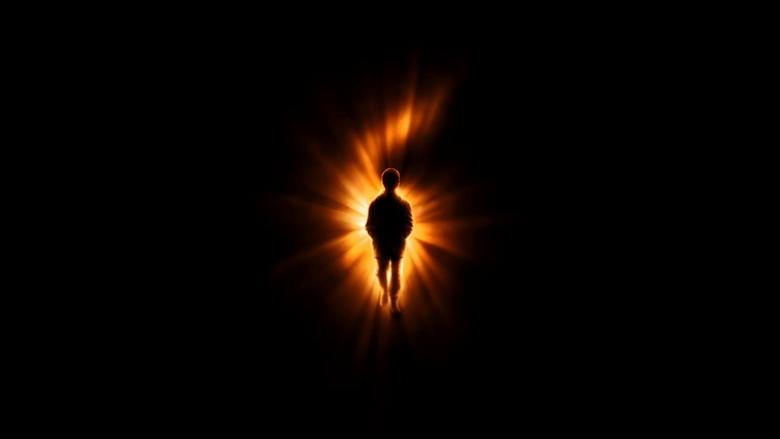
10. The Invisible Man (2020)
Leigh Whannell's modern take on The Invisible Man cleverly reframes the classic story as a psychological horror focused on gaslighting and abuse. Elisabeth Moss gives a raw, powerful performance as Cecilia, a woman tormented by her abusive ex who she believes is invisible. The film uses negative space and careful camera movements to create a constant sense of unease, making the audience question what they see, much like Cecilia herself. It's a tense, suspenseful thriller that taps into very real fears about control and not being believed.

9. Us (2019)
Jordan Peele's follow-up to Get Out, Us, explores themes of identity, duality, and societal neglect through the lens of a family vacation turned terrifying. Lupita Nyong'o is absolutely phenomenal, delivering not one, but two distinct and chilling performances as Adelaide Wilson and her doppelganger, Red. The film is packed with symbolism, from the recurring imagery of scissors and rabbits to the red jumpsuits worn by the 'Tethered.' It's a thought-provoking horror film that prompts viewers to consider the monsters we create, both individually and as a society.

8. The Lighthouse (2019)
Robert Eggers' The Lighthouse is a mesmerizing and claustrophobic descent into madness shared by two wickies on a remote New England island in the 1890s. Shot in stark black and white with a tight 1.19:1 aspect ratio reminiscent of early cinema, the film feels like a fever dream brought to life. Willem Dafoe and Robert Pattinson give tour-de-force performances, delivering archaic, period-accurate dialogue (inspired by writers like Herman Melville and Robert Louis Stevenson) that adds to the film's unique, unsettling atmosphere. It's a bizarre, intense character study disguised as a nautical horror story.

7. Se7en (1995)
David Fincher's Se7en is a grim, rain-soaked journey into the darkest corners of human nature. This neo-noir psychological thriller follows two detectives on the trail of a serial killer using the seven deadly sins as his motive. The film's iconic, unsettling opening credits sequence, designed by Kyle Cooper, took nearly two months to complete and perfectly sets the tone for the darkness that follows. Brad Pitt and Morgan Freeman deliver powerhouse performances, and the film's famously bleak ending was a point of contention with the studio, but Fincher fought to keep it, a decision that proved crucial to the film's lasting impact.

6. The Silence of the Lambs (1991)
The Silence of the Lambs is a masterclass in suspense and psychological tension, forever cementing Hannibal Lecter as one of cinema's most terrifying villains. Anthony Hopkins famously based Lecter's voice on a chilling mix of Truman Capote and Katharine Hepburn, and despite having only about 16 minutes of screen time, he won an Oscar for the role. Jodie Foster's portrayal of Clarice Starling, a determined FBI trainee facing down monsters both human and institutional, is equally compelling. It remains one of the few films to win Oscars in all five major categories: Best Picture, Director, Actor, Actress, and Screenplay.

5. Get Out (2017)
Jordan Peele's directorial debut, Get Out, isn't just a brilliant horror film; it's a sharp, insightful piece of social commentary wrapped in psychological terror. The concept of the 'Sunken Place,' where the protagonist is trapped within his own mind, unable to control his body, is a powerful metaphor that resonated deeply with audiences. Daniel Kaluuya's performance, particularly his ability to convey terror and vulnerability with just a facial expression, is absolutely captivating. It's a film that uses classic horror tropes to explore contemporary issues of race with chilling effectiveness.

4. Black Swan (2010)
Darren Aronofsky's Black Swan is a stunningly intense look at the psychological toll of perfectionism and artistic obsession. Natalie Portman underwent rigorous ballet training, including swimming and cross-training, for a year to prepare for her Oscar-winning role as Nina, a ballerina pushed to the brink. The film blurs the lines between reality, hallucination, and performance, mirroring Nina's fractured state of mind. It's a visually striking and psychologically complex descent into madness, using the demanding world of professional ballet as the perfect pressure cooker.

3. Hereditary (2018)
Ari Aster's directorial debut, Hereditary, is a relentless and emotionally devastating journey into familial trauma and the inescapable nature of fate. Toni Collette delivers a performance that is nothing short of astonishing, portraying grief and terror with raw intensity. The film masterfully uses intricate production design, including detailed miniature dioramas, to mirror the characters' lives and foreshadow the horrors to come. It builds a suffocating sense of dread through atmosphere and disturbing imagery, proving that some of the most terrifying monsters come from within, or perhaps, from your own bloodline.

2. Psycho (1960)
Alfred Hitchcock redefined horror with Psycho, a groundbreaking film that dared to kill off its main character early on and shift focus to a seemingly ordinary motel owner with a dark secret. The infamous shower scene, though only lasting about 45 seconds on screen, took a week to film and involved 77 different camera angles! Bernard Herrmann's jarring string score is just as crucial to the film's tension as the visuals. Hitchcock intentionally shot it in black and white to keep the budget down and perhaps to make the violence less explicit for censors, but the result is timelessly terrifying.
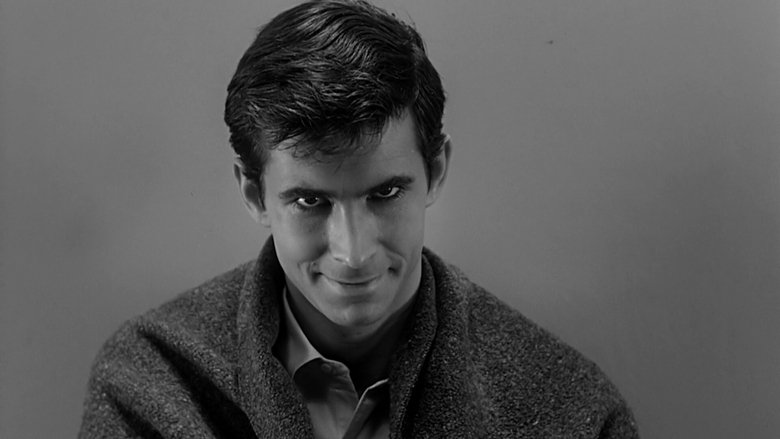
1. The Shining (1980)
Step into the chilling hallways of the Overlook Hotel with Stanley Kubrick's absolute masterpiece. The Shining is a deep dive into isolation and madness, anchored by Jack Nicholson's iconic descent into insanity. Did you know Nicholson largely improvised the famous 'Here's Johnny!' line? Kubrick's meticulous direction and the film's unsettling atmosphere, coupled with innovative Steadicam work that allowed for those creepy tracking shots through the hotel, create a sense of dread that seeps into your bones. It's a film that rewards multiple viewings, revealing new psychological layers and disturbing details each time.
